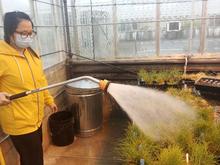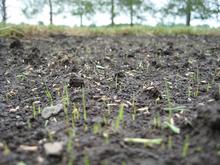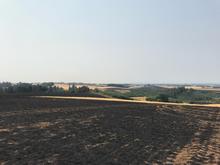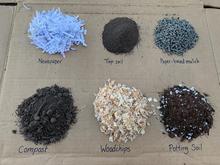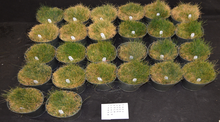Improving fine fescue disease resistance with endophytes
By Ruying “Wrennie” Wang and Alec Kowalewski, Oregon State University
The inherent disease resistance associated with fine fescues is partially the result of Epichloë endophytes. Epichloë endophytes are symbiotic fungi that live within the turfgrass and help protect the host plant from various environments stress and pathogens. Previous research has identified Epichloë endophyte strains in hard fescue that provide resistance to dollar spot and red thread diseases.
